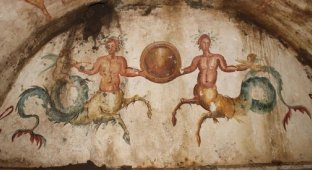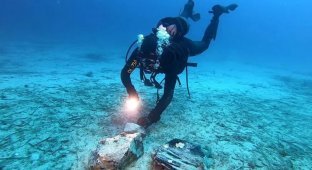An ambiguous place in Naples - the Dog Cave and its atmosphere (8 photos + 1 video)
"There are more things in this world, friend Horatio, than our wise men dream of." 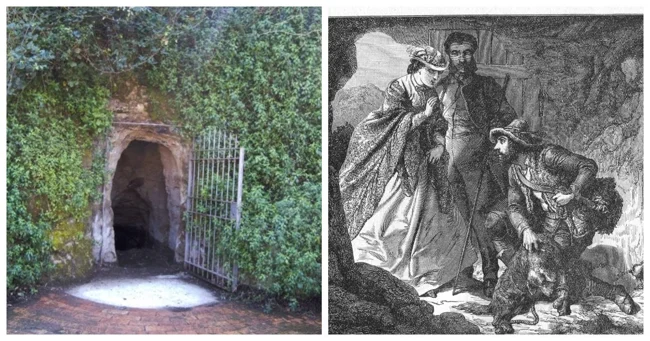
Then the riddle is answered, and the thing becomes even more attractive. And then new mysteries appear, and the old riddle loses its attraction. 
When wealthy travelers set out on the Grand Tour of Europe in the 17th and 18th centuries, one popular stop near Naples was the Cave of the Dogs. Here, local guides would happily demonstrate the carbon dioxide buildup in the cave, rendering animals unconscious and then reviving them in the waters of a nearby lake to the amazement of the venerable public. 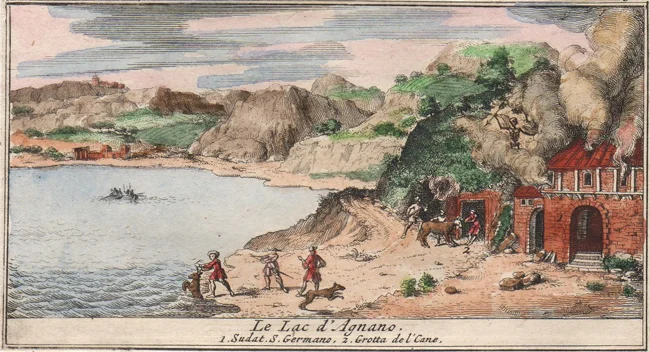
The Cave of Dogs (Grotta del Cane) is a small cave near Pozzuoli, Naples. It contains a fumarole that releases carbon dioxide gas. Carbon dioxide (CO2) is heavier than air, so it collects in the lower, deeper parts of the cave.
Local guides demonstrated the unusual toxicity of the place by forcing small animals, usually dogs, into the cave. The poor creatures were starved of air, suffocated, and lost consciousness. To revive them, guides would immerse the fainted dogs in the cold waters of nearby Lake Agnano. 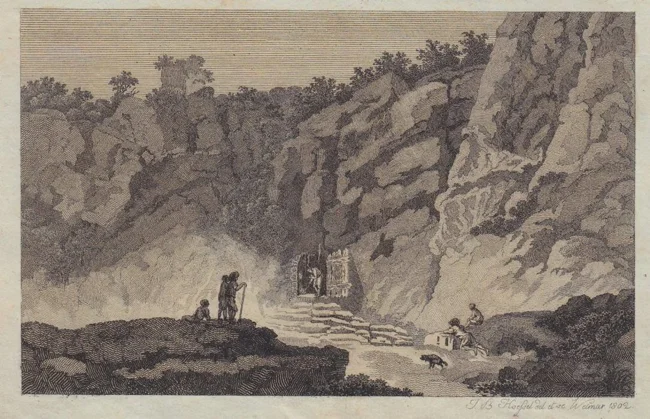
The earliest mention of the Cave of Dogs is in Pliny the Elder's Natural History, a monumental text dating back to 77 AD.
But the poisonous cave's popularity only grew later, with the advent of the Grand Tour, which brought in celebrities such as Johann Goethe, Alexandre Dumas, and Mark Twain. People were able to enter the toxic attraction without much harm due to their height. 
The first person to conduct a thorough scientific study of the cave was Athanasius Kircher, a German Jesuit scholar and polymath. Kircher visited the cave in 1638 and conducted a series of experiments and observations. After witnessing a dog being forced into the cave, he described the brutal experiment:
A dog was brought into the cave. When its head was above a certain level [marked on a diagram he had drawn], nothing happened. But when its head was lowered, the dog tried desperately to get out. When it was tied to a log to keep it close to the floor, it seemed to die. When it was lowered into the lake, it showed few signs of life, and when it was pulled to shore, it rose, looked around, and ran away to avoid a repeat of the show. 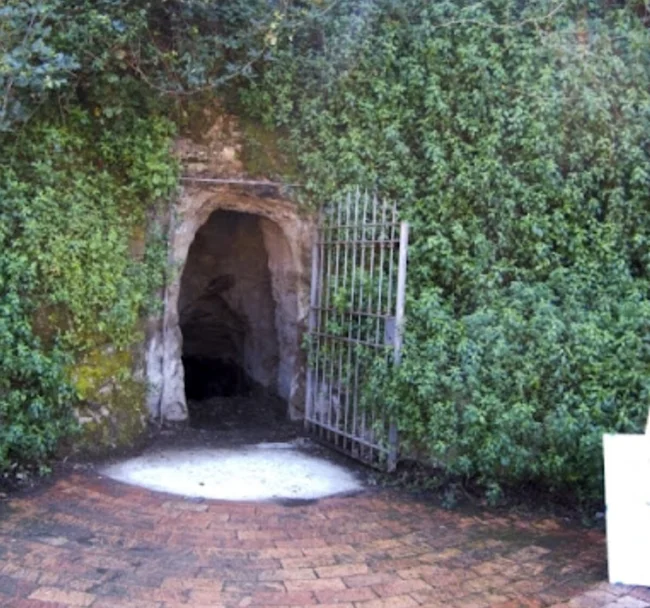
Such grim shows fortunately ended in the 1870s, when the lake became polluted and was subsequently drained. Interest in the cave as a tourist attraction almost completely died out, and it was closed to visitors. The local canine population, one must assume, breathed a sigh of relief. 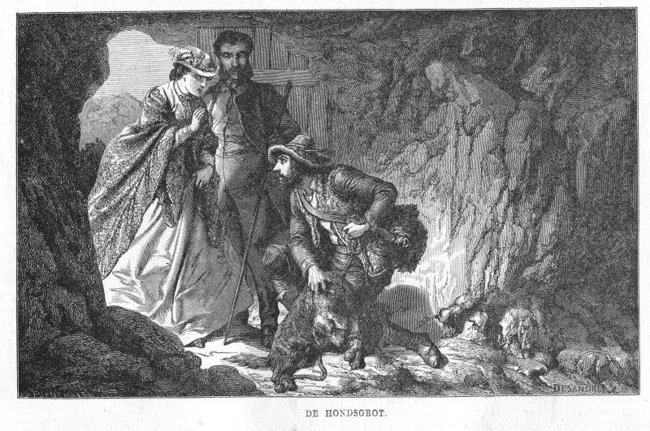
The Dog Cave remained relatively unknown until recently, when local volunteers decided to clear the area and improve access to it and other local attractions. They have also restored tours to the cave, but are content with theory, again, much to the delight of local dogs. 












